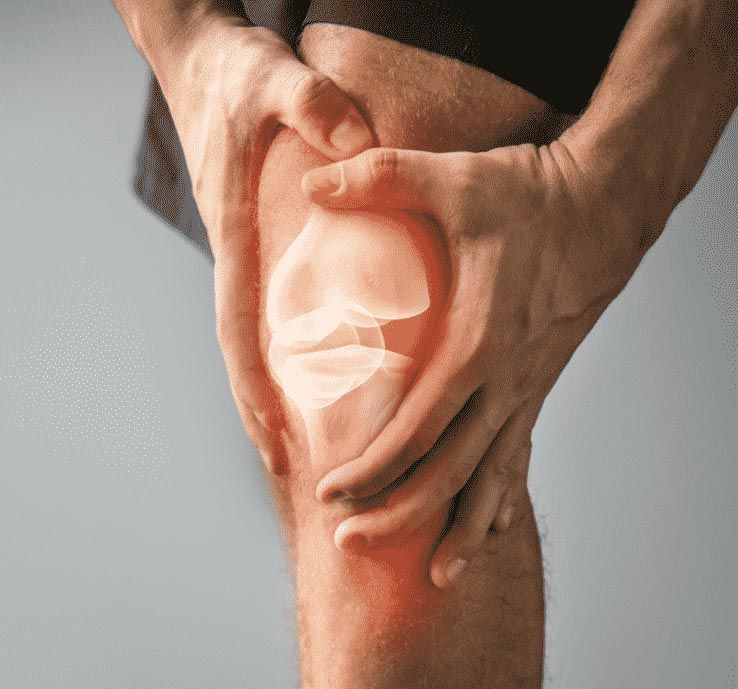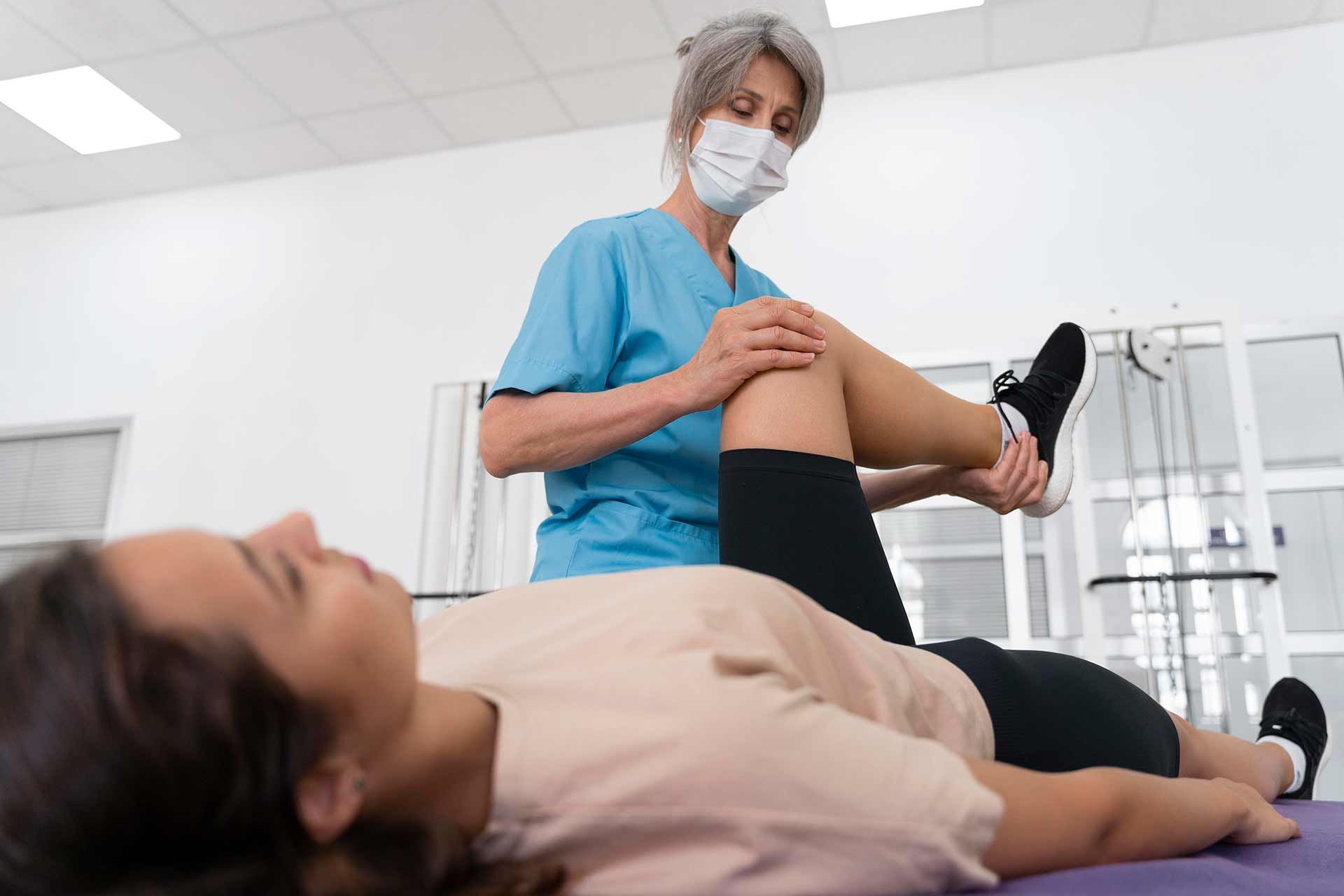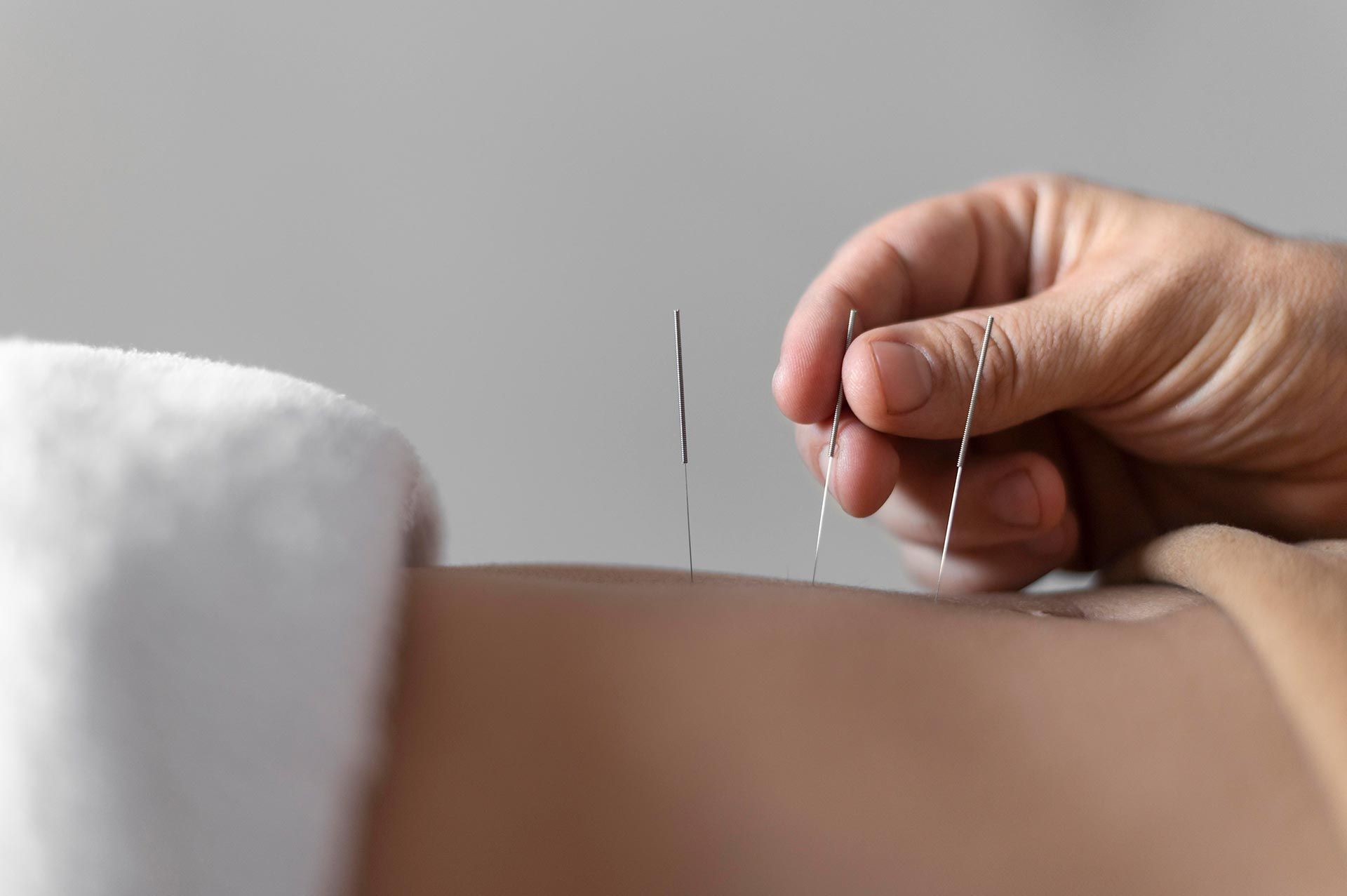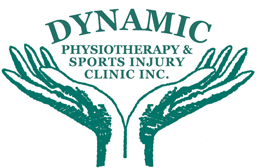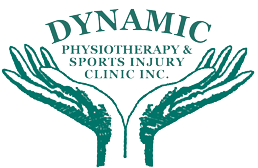November 11, 2025
Compression therapy is often underrated, but it plays an important role in injury recovery, edema management, and vascular health. Many people think of compression as just tight socks or stockings. At Dynamic Physiotherapy in Mississauga, we use compression therapy as part of a comprehensive treatment plan to assist in reducing swelling, improving circulation, and supporting tissues while they heal. Whether you’re recovering from surgery, managing chronic swelling, or dealing with lower-limb discomfort, understanding how compression works and when to use it can make a difference in your recovery journey. Compression therapy works by applying controlled pressure to the limbs, usually the legs, to support venous return (the flow of blood back toward the heart). This pressure counteracts gravitational pooling of blood, reduces the diameter of veins, and helps maintain flow. In a therapeutic context, the goal is to prevent fluid accumulation in tissues (edema), reduce swelling, and support the tissues that are healing. In patients with soft tissue injuries, post-operative swelling, or chronic venous insufficiency, compression can be a passive support that allows active treatments—manual therapy, exercise, modalities—to work more efficiently. One of the key benefits of using compression in physiotherapy is that it helps maintain the gains made during a session. After applying manual mobilization, soft tissue release, or joint work, tissues tend to rebound—swelling can return, tissues can stiffen again. The use of compression garments or bandaging helps hold tissues in a better resting state so they don’t regress between sessions. In this way, compression acts as a bridge—extending the effect of active treatment and supporting more stable progress throughout rehabilitation. In Mississauga, many patients recovering from lower limb injuries, varicose vein discomfort, or post-surgical swelling benefit from combining compression with other therapies. For example, after ankle surgery, wearing compression socks may reduce fluid buildup and support circulation while the patient begins early mobility work. Similarly, for individuals with chronic leg swelling from venous conditions, physiotherapy combined with compression helps manage symptoms more sustainably. Compression also supports patients who stand or walk a lot by minimizing fatigue and discomfort in their legs. When prescribing compression therapy, the fit, pressure level, and duration of wear matter greatly. Ill-fitting or overly tight garments can cause discomfort or even impaired circulation. At Dynamic Physiotherapy, we assess limb dimensions, swelling patterns, and patient tolerance to select the right type of compression—whether gradual compression stockings, wraps, or bandages. We guide patients on when to wear compression (during activity, all day, or during recovery), how to don and doff the garments, and how to monitor skin integrity. This level of supervision ensures safety and efficacy. Safety is especially important in patients with vascular or circulatory disease, skin integrity issues, or peripheral arterial disease. Not everyone can use compression safely, so an assessment is critical. In our Mississauga clinic, we screen for contraindications, monitor patient comfort and skin health, and adjust prescriptions as the condition evolves. Compression in physiotherapy is never a “one-size-fits-all” solution; it is tailored to the individual and integrated with the rest of the rehabilitation plan. In addition to static compression garments, dynamic compression tools such as pneumatic compression devices can be used in certain cases. These devices apply rhythmic pressure changes and are used in cases of significant swelling or more advanced vascular conditions. In a physiotherapy setting, we may use these devices in combination with manual drainage techniques, massage, and movement to accelerate reduction of edema. Compression also plays a role in lymphatic health. Some patients develop lymphedema (swelling from lymphatic system disruption) after surgeries, radiation, or trauma. While full lymphedema care often involves more intensive protocols, compression is one pillar of management—helping contain swelling and support lymph flow. Used in conjunction with manual drainage techniques, compression can help keep swelling in check and support mobility. Of course, compression should never be isolated from active treatment. Its benefit is maximized when combined with physiotherapy interventions like manual therapy, exercise, movement retraining, and modalities that enhance circulation and tissue health. The whole-body approach ensures that compression supports the gains achieved during therapy rather than replacing active care. If you’re experiencing swelling, lower limb fatigue, post-surgical edema, or want to explore whether compression therapy is appropriate for your condition, we can help. At Dynamic Physiotherapy in Mississauga, our team assesses your needs, prescribes the proper compression option, and integrates it into a broader rehabilitation plan. Call us today at (905) 273-5433 or visit www.dynamicphysiotherapy.ca to book your compression and physiotherapy assessment.
